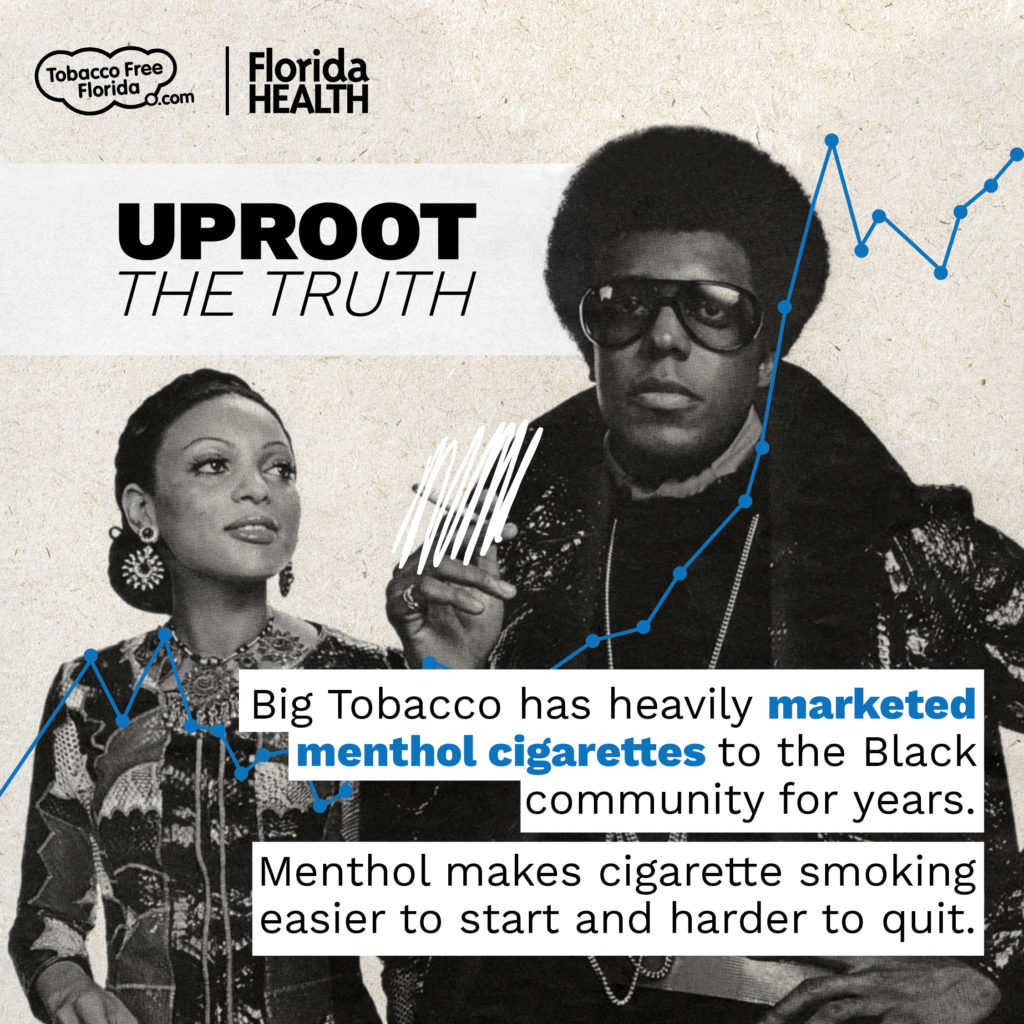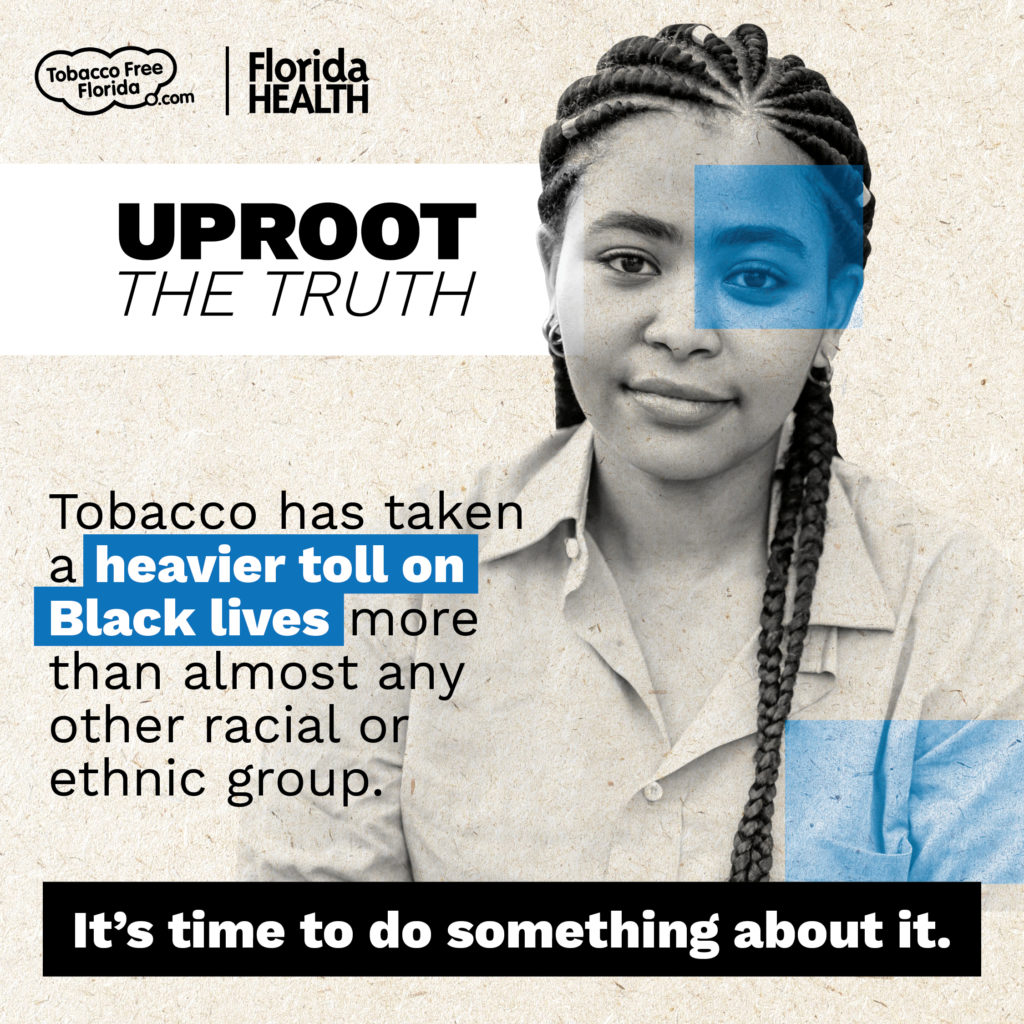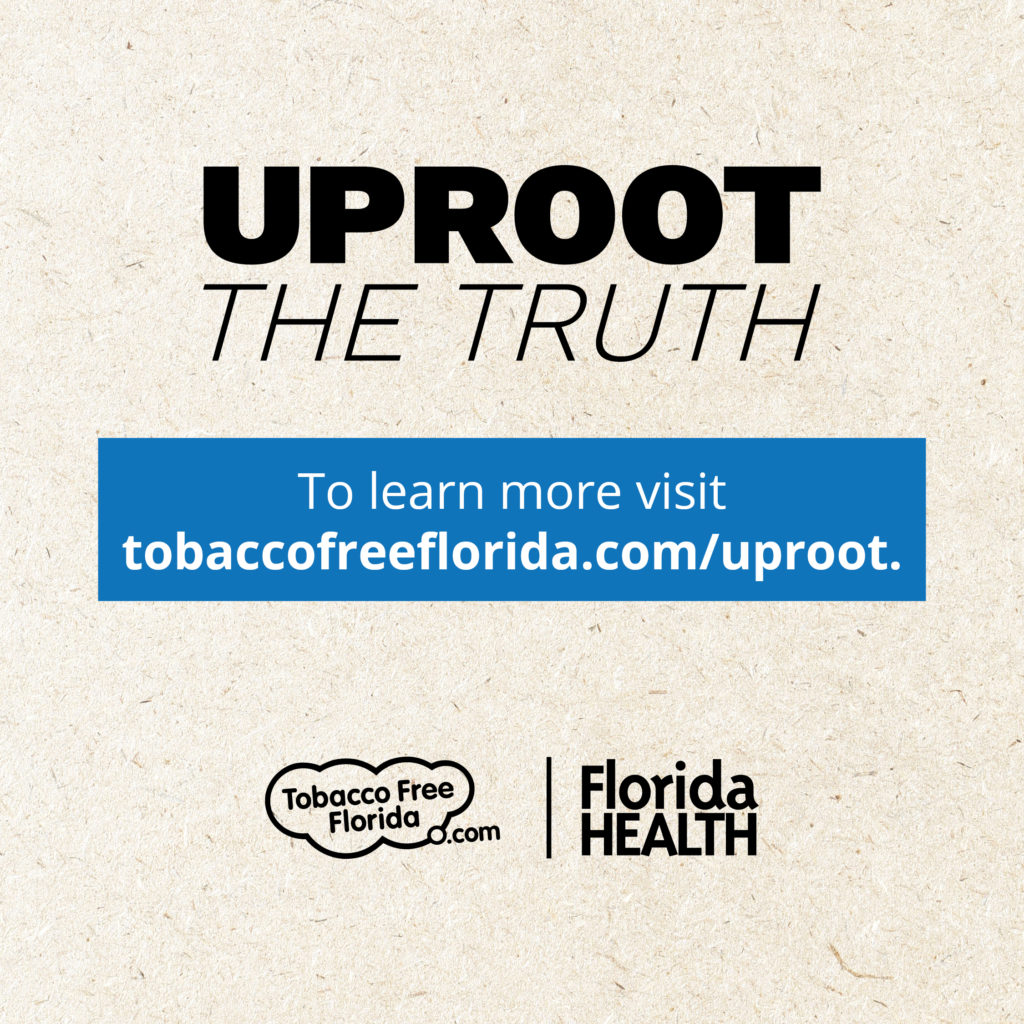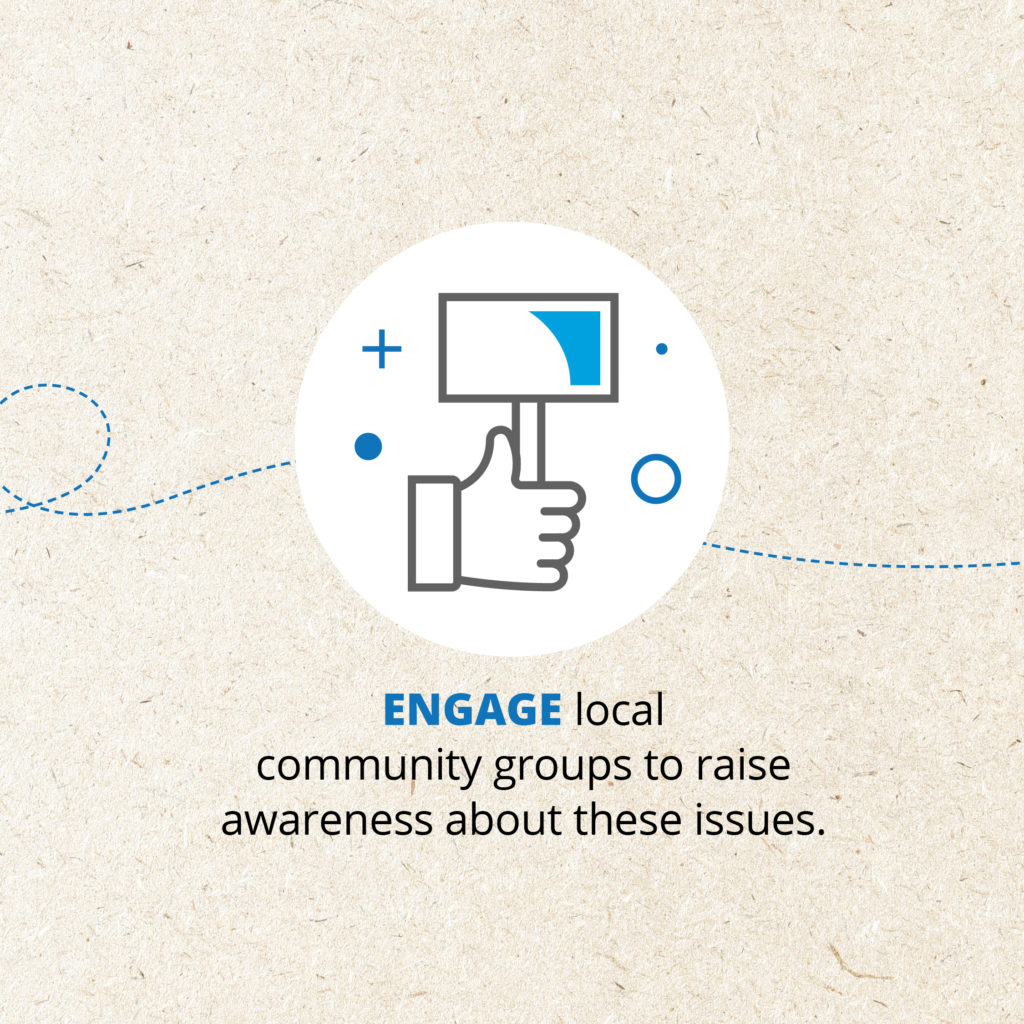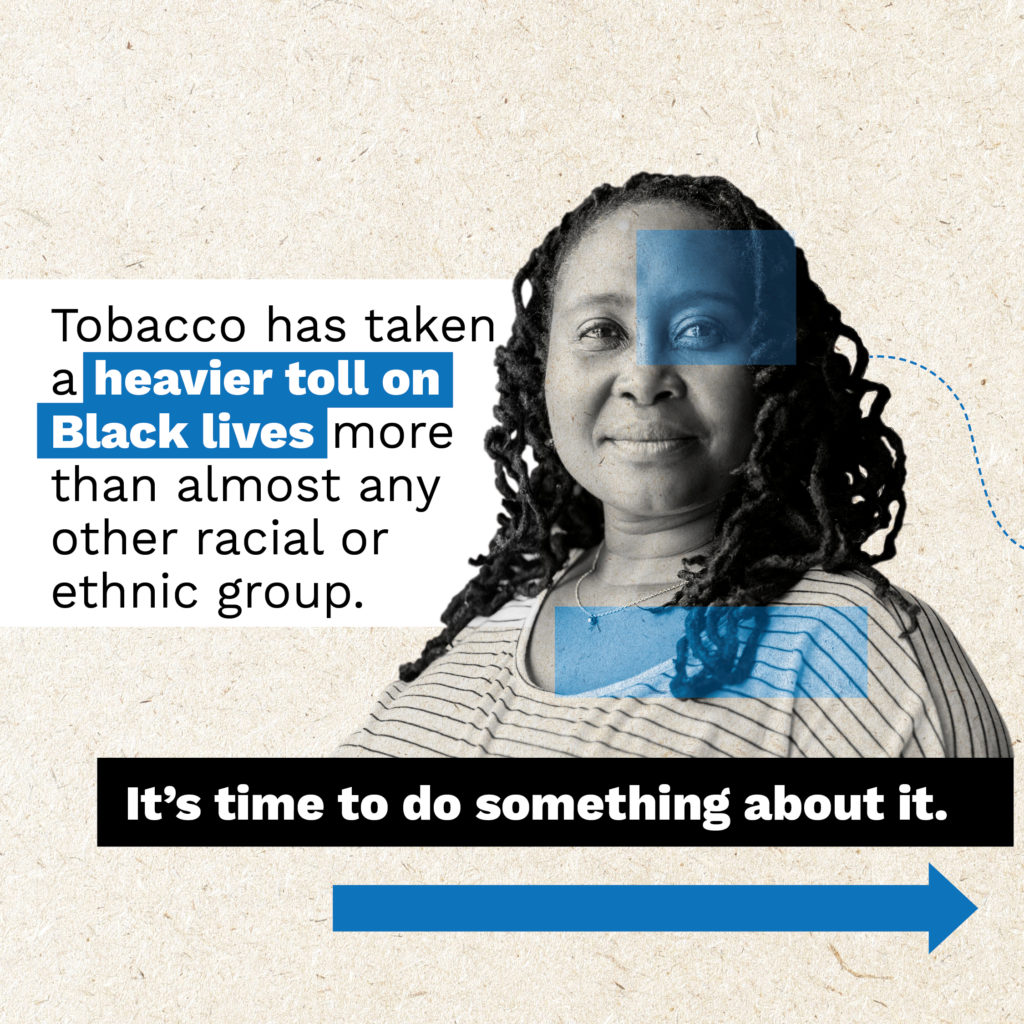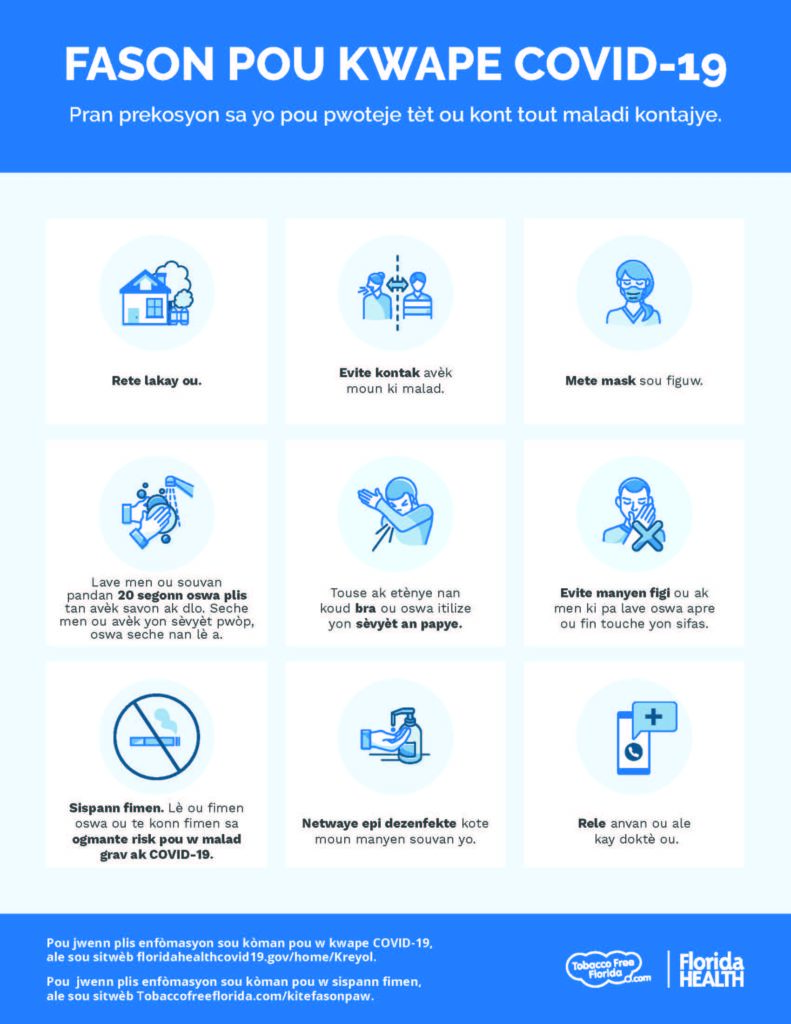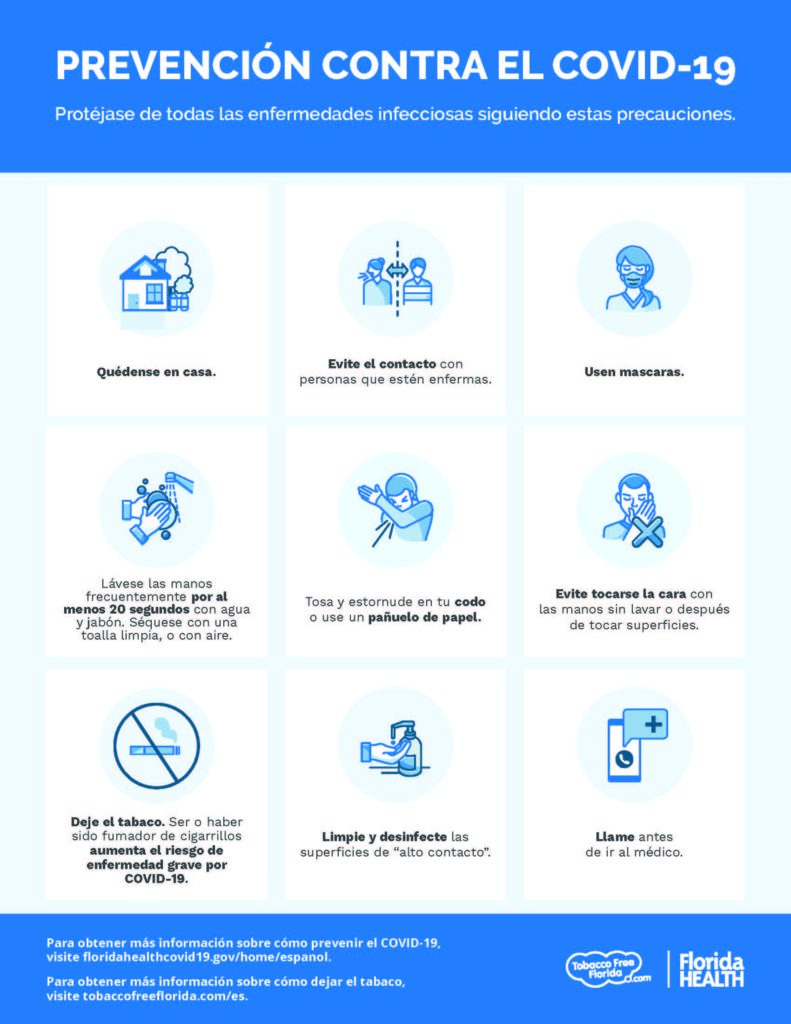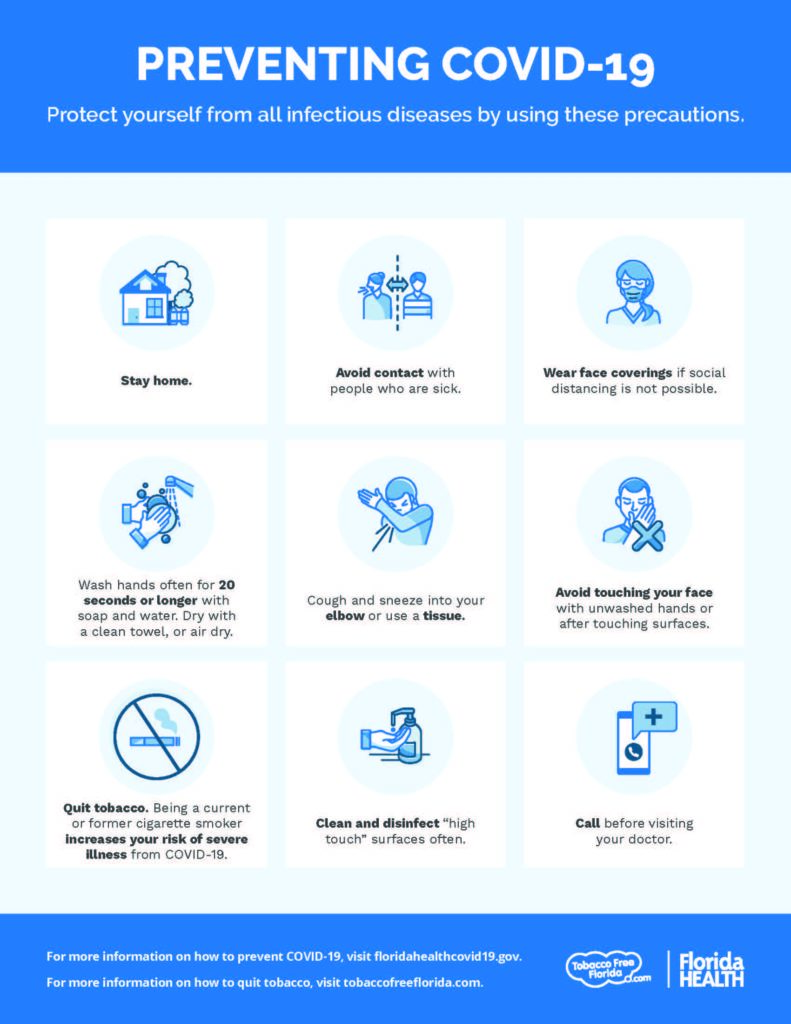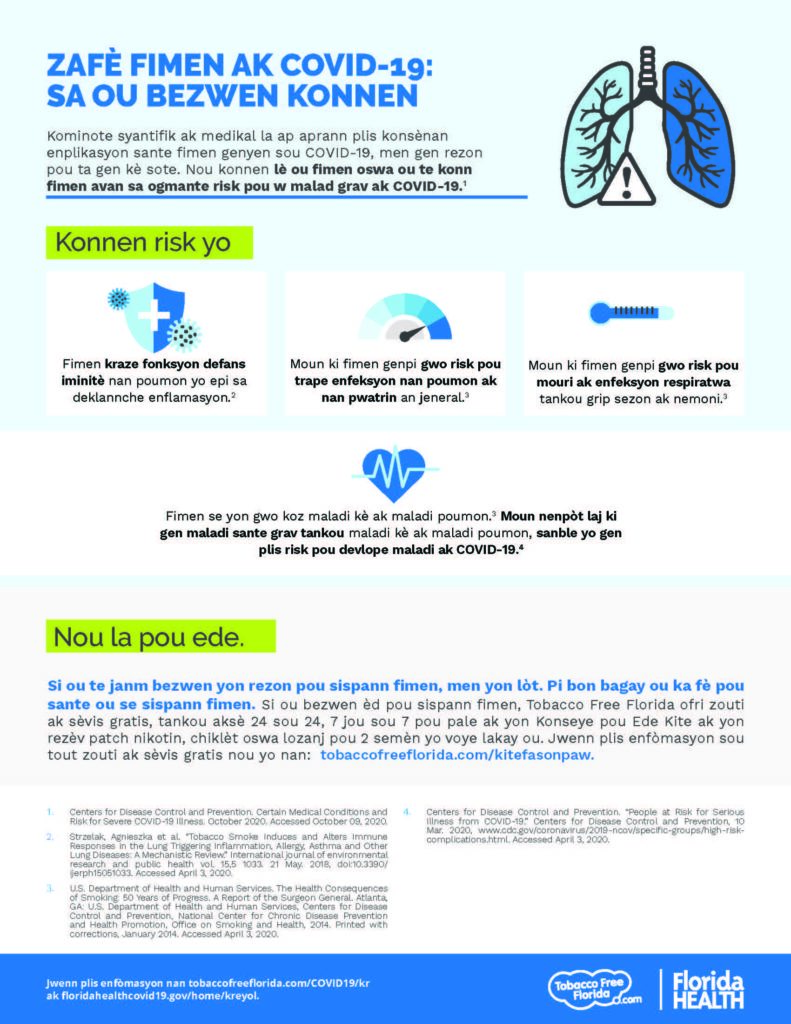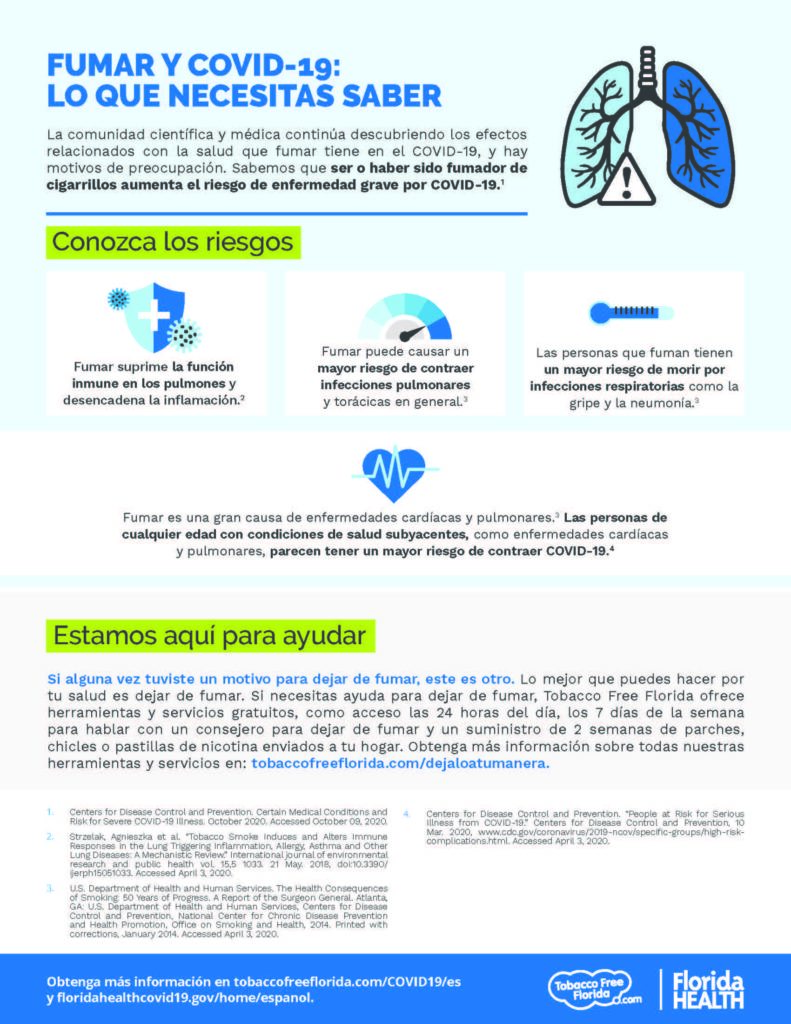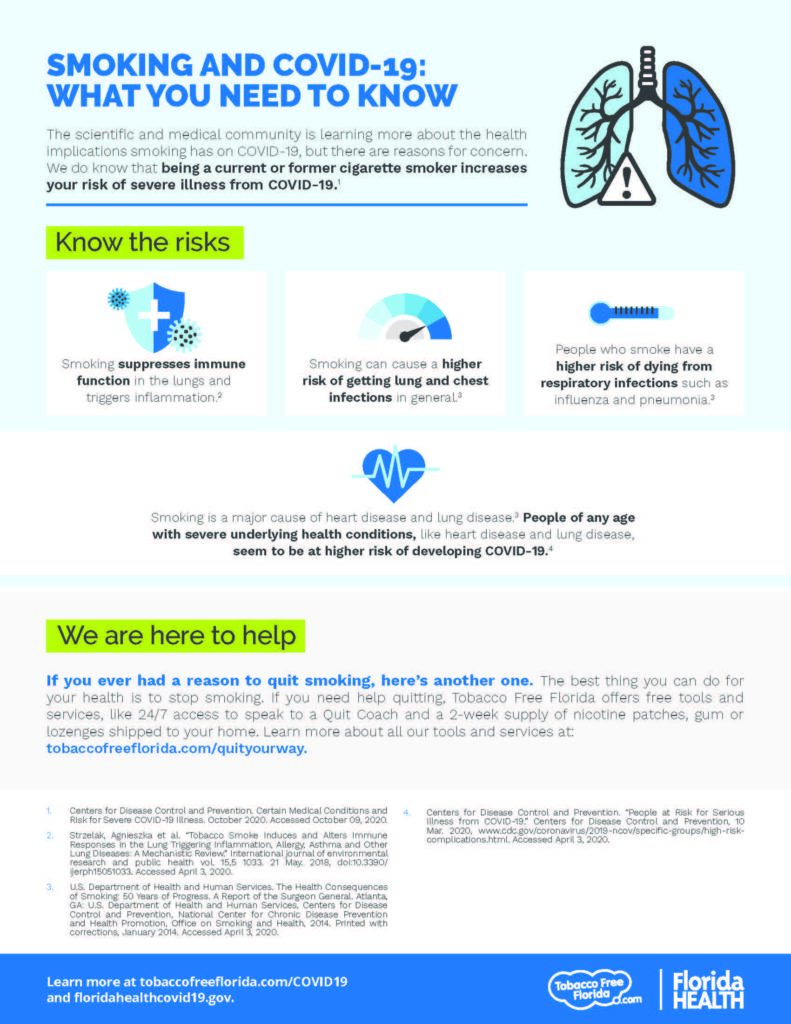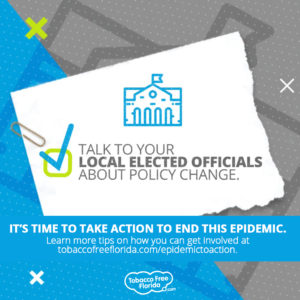A Clear Picture: Graphic Warnings on Tobacco Packaging
In 2009, the United States Congress passed the Family Smoking Prevention and Tobacco Control Act with overwhelming bipartisan support,[1],[2] signed into law by President Barack Obama. This law, among many other policies, directed the Food and Drug Administration (FDA) to issue and enforce new regulations requiring updates to the warning labels on cigarette packs. The updated warnings were to present the negative health effects of smoking, as well as to introduce full-color graphic images to accompany the existing text.
Tobacco use remains the leading preventable cause of disease and death in the United States.[3] Graphic warning labels are a scientifically-proven way to inform consumers about the potentially deadly effects of smoking, encourage those who don’t smoke not to start, and for those who do smoke to consider quitting. New warnings would also provide public health officials with the opportunity to educate the public on some of the lesser-known risks associated with tobacco use, such as bladder cancer, diabetes and erectile dysfunction.
The text warning labels currently on the side of cigarette packs sold in the U.S. have remained completely unchanged for more than 35 years, having last been updated in 1984. The lack of any images, the small size and the limited variety make the warnings virtually invisible to both smokers and nonsmokers alike.[4]
However, graphic cigarette warning labels have been proven to be effective by independent scientific studies.
- Compared to text-only warnings, graphic warnings create higher levels of negative emotional reactions, which are shown to increase potential intention to attempt quitting.[5]
- Because they are located directly on the product and the message is delivered at the time of use, graphic warning labels help with prevention intervention by providing a direct psychological relationship between the product and the message on its effects.[6]
- Countering claims that graphic ads are unnecessarily emotional, MRI tests show graphic warning labels directly impact the areas of the brain involved in recall, memory and craving.[7]
The change would bring the U.S. in line with more than 100 countries around the world that already require graphic warning labels because of the proven value in conveying important public health messages related to smoking.[8] However, internationally as well as in the U.S., the change has been met by significant pressure from Big Tobacco. For example, Uruguay and Australia have faced multimillion-dollar, multi-year legal battles that had to be decided in international trade courts before this major public health initiative could be implemented.
In keeping with the Family Smoking Prevention and Tobacco Control Act, in 2011 the FDA issued nine new proposed warning labels that included color graphics and updated text for cigarettes sold in the U.S. The tobacco industry successfully fought in courts to temporarily block this modernization, citing First Amendment concerns. Since then, the FDA has explored different approaches to comply with the Act, present consumers with the latest health information, and operate within all relevant existing laws.[9]
The result is a new framework, “Required Warnings for Cigarette Packages and Advertisements” including new images and text focused on some of the lesser-known effects of tobacco use and secondhand smoke.
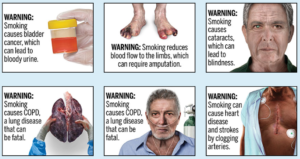
With new warning labels proposed and under review, the U.S. is poised to close the gap with the majority of other countries around the world who have already made great progress in using effective graphic warnings to inform the public about the potentially deadly effects of tobacco use. The move is an important step to come in line with the latest medical and scientific research on the difference graphic labels can make.
Additional information on this initiative, its history and where the effort stands can be found on FDA.gov.
____________________________________________________________________________________________________________________________
[1] Sen. Waxman, Henry (22 June 2009). “Cosponsors – H.R.1256 – 111th Congress (2009-2010): Family Smoking Prevention and Tobacco Control Act”. thomas.loc.gov. Retrieved 8 November 2019.
[2] Sen. Kennedy, Edward M. (20 May 2009). “Cosponsors – S.982 – 111th Congress (2009-2010): Family Smoking Prevention and Tobacco Control Act”. thomas.loc.gov. Retrieved 8 November 2019.
[3] U.S. Food and Drug Administration. “FDA proposes new required health warnings with color images for cigarette packages and advertisements to promote greater public understanding of negative health consequences of smoking”. Published 25 August 2019.
[4] U.S. Food and Drug Administration. “FDA proposes new required health warnings with color images for cigarette packages and advertisements to promote greater public understanding of negative health consequences of smoking”. August 25, 2019.
[5] Li Y, Yang B, Owusu D, et al. Higher negative emotions in response to cigarette pictorial warning labels predict higher quit intentions among smokers. https://tobaccocontrol.bmj.com/content/early/2019/10/03/tobaccocontrol-2019-055116.citation-tools. Retrieved 8 November 2019. Tobacco Control Published Online First: 16 August 2019. doi: 10.1136/tobaccocontrol-2019-055116.
[6] Rubinstein ML. Scanning the brain for answers about effectiveness of graphic warning labels. Tobacco Control 2015;24:211-212. https://tobaccocontrol.bmj.com/content/24/3/211.citation-tools. Retrieved 8 November 2019.
[7] Wang, A. L., Lowen, S. B., Romer, D., Giorno, M., & Langleben, D. D. (2015). Emotional reaction facilitates the brain and behavioural impact of graphic cigarette warning labels in smokers. Tobacco control, 24(3), 225–232. doi:10.1136/tobaccocontrol-2014-051993.
[8] Framework Convention Alliance. “The Canadian Cancer Society International Tobacco Packaging Report”. Published 2 October 2018.
[9] U.S. Food and Drug Administration. “Cigarette Health Warnings”. Retrieved 8 November 2019.


